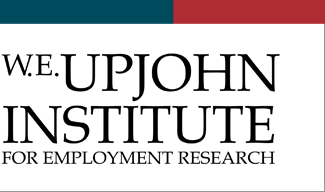Publication Date
10-2019
Series
Upjohn Institute working paper ; 20-320
DOI
10.17848/wp20-320
Abstract
A large body of literature estimates the relative wage impacts of immigration on low- and high-skill natives, but it is unclear how these effects map onto changes of the wage distribution. I document the movement of foreign-born workers in the U.S. wage distribution, showing that, since 1980, they have become increasingly overrepresented in the bottom. Downgrading of education and experience obtained abroad partially drives this pattern. I then undertake two empirical approaches to deepen our understanding of the way foreign-born workers shape the wage structure. First, I estimate a standard theoretical model featuring constant elasticity of substitution technology and skill types stratified across wage deciles. Second, I estimate reduced-form quantile treatment effects by constructing a ceteris paribus counterfactual wage distribution with lower immigration levels. Both analyses uncover a similar monotone pattern: a one percentage point increase in the share of foreign-born leads to a 0.2–0.3 (0.2–0.4) percent wage decrease (increase) in the bottom (top) decile and asserts no significant pressure in the middle. When analyzing the drivers of this pattern, I find suggestive evidence for a novel mechanism through which local labor markets absorb foreign-born workers: occupational differentiation of immigrants relative to natives.
Issue Date
October 2019
Subject Areas
LABOR MARKET ISSUES; Wages, health insurance and other benefits; Inequality
Get in touch with the expert
Want to arrange to discuss this work with the author(s)? Contact our .
Included in
Citation
Yasenov, Vasil I. 2019. "Immigrants and the U.S. Wage Distribution." Upjohn Institute Working Paper 20-320. Kalamazoo, MI: W.E. Upjohn Institute for Employment Research. https://doi.org/10.17848/wp20-320

